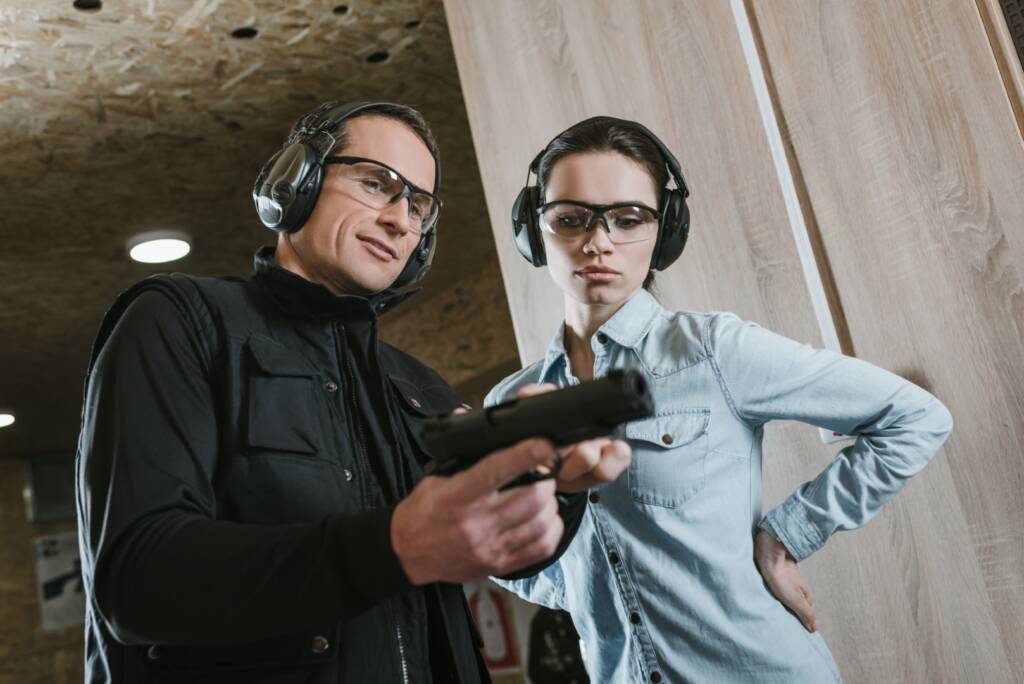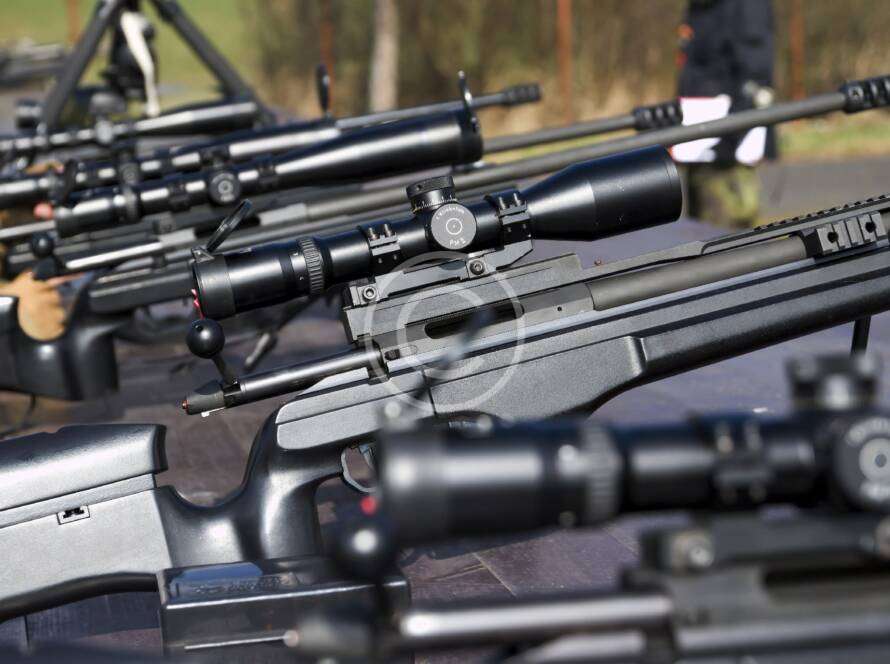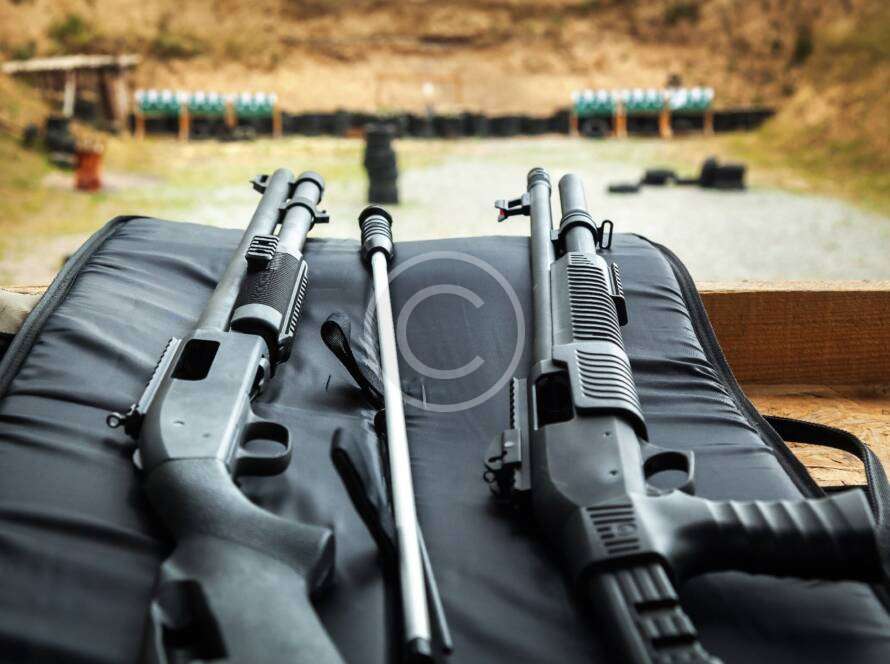A Beginner’s Guide to Operating Handguns
Handguns are versatile firearms that require skill, responsibility, and proper handling. If you’re new to shooting, this beginner’s guide to operating handguns will help you learn the basics of safe handling, shooting techniques, and maintenance. Let’s dive into the essential steps every beginner needs to know.

1. Understanding Handgun Basics
Why It’s Important: Before operating a handgun, understanding its parts and functionality is crucial. Familiarity with your firearm ensures safe handling and effective use.
Key Components of a Handgun:
- Barrel: Directs the bullet upon firing.
- Slide: Houses the firing mechanism and chamber.
- Trigger: Activates the firing sequence.
- Grip: Provides a secure hold for the shooter.
Pro Tip: Refer to your firearm’s manual for specific details about your handgun’s model.
2. Safe Handling Practices
Why It’s Important: Safety is paramount when operating a handgun. Adhering to proper safety practices prevents accidents and ensures a positive shooting experience.
Essential Safety Rules:
- Always treat every firearm as if it’s loaded.
- Keep your finger off the trigger until ready to shoot.
- Point the muzzle in a safe direction at all times.
- Be aware of your target and what’s beyond it.
Learn More: Visit NRA Gun Safety Rules for comprehensive safety guidelines.
3. Proper Shooting Technique
Why It’s Important: Developing a solid shooting technique improves accuracy and confidence. Mastering the basics is key for every beginner.
Steps to Proper Shooting:
- Grip: Use a firm, two-handed grip for stability.
- Stance: Adopt a balanced stance, such as the isosceles or Weaver stance.
- Sight Alignment: Line up the front and rear sights with your target.
- Trigger Control: Apply steady pressure on the trigger without jerking.
Pro Tip: Practice dry firing (unloaded) to develop muscle memory and improve your technique.
4. Loading and Unloading Your Handgun
Why It’s Important: Knowing how to safely load and unload your handgun is fundamental for operation and safety.
Steps to Load:
- Ensure the handgun is pointed in a safe direction.
- Insert the magazine until it clicks into place.
- Rack the slide to chamber a round.
- Engage the safety if applicable.
Steps to Unload:
- Remove the magazine by pressing the release button.
- Rack the slide to eject any chambered round.
- Visually inspect the chamber and magazine well to ensure they’re empty.
5. Maintaining Your Handgun
Why It’s Important: Regular maintenance ensures your handgun functions reliably and lasts longer.
Maintenance Tips:
- Clean your firearm after every use to remove carbon buildup.
- Inspect for wear and tear, such as damaged springs or barrels.
- Lubricate moving parts to prevent rust and ensure smooth operation.
Recommended Tools: Use a cleaning kit with brushes, patches, and lubricant designed for handguns.



